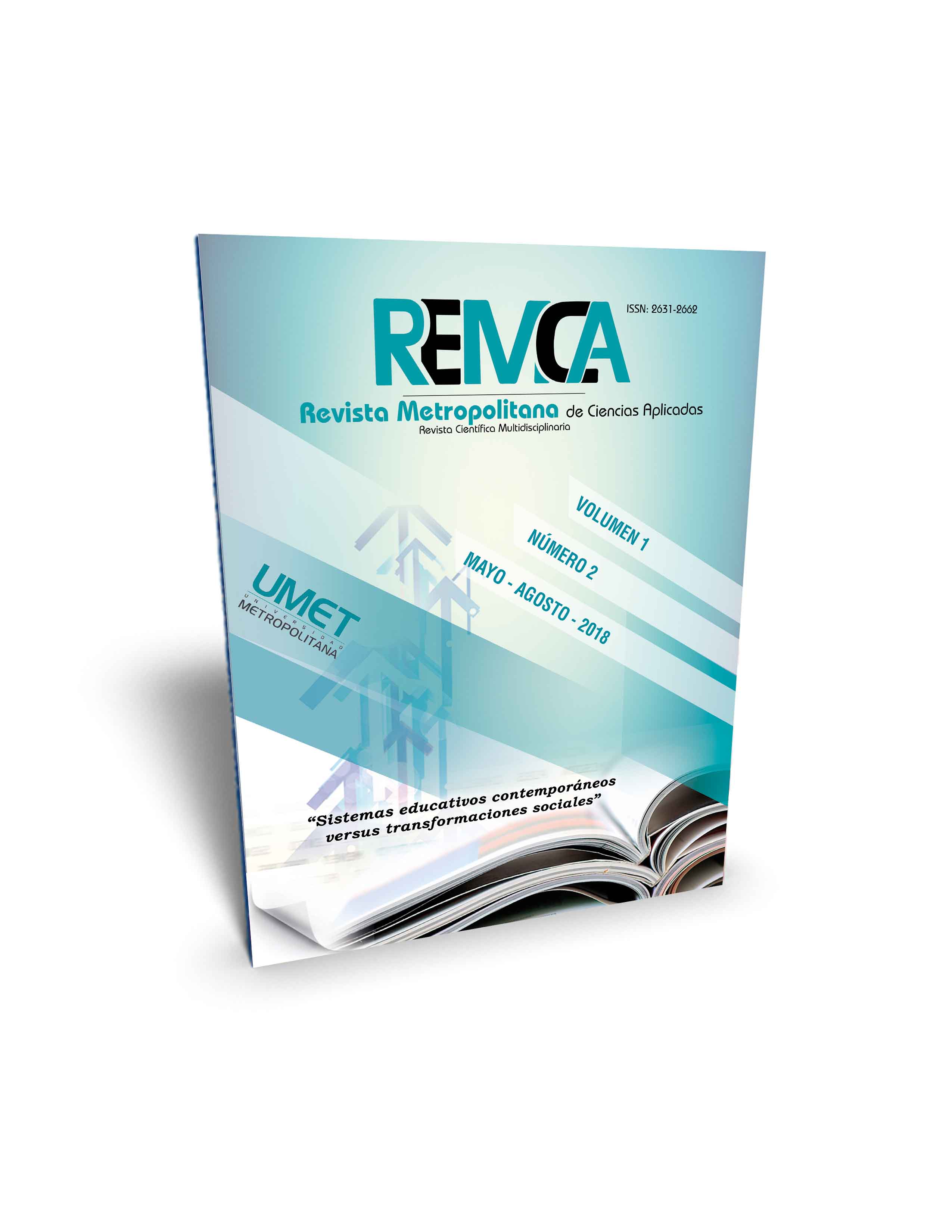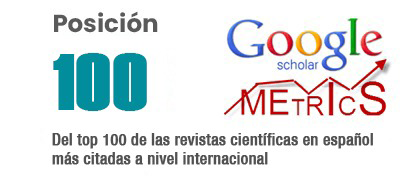The teaching of Geometry in Colombia from the perspective of Science, Technology and Society
DOI:
https://doi.org/10.62452/b4qahf74Keywords:
Geometry, dynamic geometry, computational toolsAbstract
The article analyzes the need to provide technological learning environments in the teaching of Geometry of educational institutions in Colombia, where the community is involved. Since in some texts geometrical objects are presented in the plane drawn in two dimensions and this type of representations students have become accustomed, causing obstacles of epistemological and didactic type in learning, which would be solved if geometry softwares are used dynamics, which allow visualization and interaction with objects in their entirety as a unit.
Downloads
References
Balacheff, N., & Kaput, J. (1996). Computer Based Learning Environments in Mathematics. En, M.A.K., Clements, A., Bishop, C., Keitel-Kreidt, J., Kilpatrick, & F.K.-S.Leung, (Eds.), International Handbook of mathematics. (469-509). Dordrecht: Kluwer Academic Publisher.
Bernal, J. D. (1954). La ciencia en su historia, Tomo I. México: UNAM.
Colombia. Ministerio de Educación Nacional. (1998). Lineamientos Curriculares de Matemáticas. Bogotá: Magisterio.
Colombia. Ministerio de Educación Nacional. (2006). Estándares básicos de competencias en Lenguaje, Matemáticas, Ciencias y Ciudadanas. Bogotá: MEN.
Gallego, D., & Peña, A. (2012). Las TIC en geometría. Bogotá: MAD S.L.
Hilbert, D. (1996). Fundamentos de la Geometría. Madrid: Publicaciones del Instituto “Jorge Juan” de Matemáticas.
Mockus, A. (1983). Ciencia, Técnica y Tecnología. Naturaleza, Educación y Ciencia, 3.
Mora Sánchez, J. A. (2007). Geometría Dinámica en Secundaria. Recuperado de http://jmora7.com/miWeb8/Archiv/2007%20Granada%20JAMora.pdf
Moreno, L. (2002a). Cognición y computación: el caso de la geometría y la visualización. En: Seminario Nacional de Formación de Docentes: Uso de Nuevas Tecnologías en el Aula de Matemáticas. Bogotá Ministerio de Educación Nacional.
Moreno, L. (2002b). Evolución y tecnología. En: Seminario Nacional de Formación de Docentes: Uso de Nuevas Tecnologías en el Aula de Matemáticas. Bogotá: Ministerio de Educación Nacional.
Moreno, L. (2002c). Instrumentos matemáticos computacionales. En: Seminario Nacional de Formación de Docentes: Uso de Nuevas Tecnologías en el Aula de Matemáticas. Bogotá: Ministerio de Educación Nacional.
Nuñez Jover, J. (2004). Ética, Ciencia y responsabilidad. La Habana: Félix Varela.
Nuñez Jover, J. N. (1999). La ciencia y la tecnología como procesos sociales. Lo que la educación científica no debería olvidar La Habana: Félix Varela.
Rojano, T., & Moreno, L. (2002). Educación matemática: investigación y tecnología en el nuevo siglo. En, Seminario Nacional de Formación de Docentes: Uso de Nuevas Tecnologías en el Aula de Matemáticas. Bogotá : Ministerio de Educación Nacional.
Sánchez, J., & Vallejo, R. (1991). Lugar De Control, Estilo Cognitivo Y Metodologías Didácticas: Un estudio experimental sobre la influencia en el aprendizaje de las matemáticas. Studia Paedagogica: Revista de Ciencias de la Educación, 23, 203-217.
Vigotsky, L. S. (1982). Pensamiento y lenguaje. La Habana: Pueblo y Educación.
Vigotsky, L.S. (1988). El desarrollo de los procesos psicológicos superiores. Barcelona: Grijalbo.
Woolgar, S. (1991. Abriendo la caja negra. Barcelona: Anthropos.
Downloads
Published
Issue
Section
License
Copyright (c) 2018 Yamile Riascos González, Domingo Curbeira Hernández (Autor/a)

This work is licensed under a Creative Commons Attribution-NonCommercial-ShareAlike 4.0 International License.
Authors who publish in Revista Metropolitana de Ciencias Aplicadas (REMCA), agree to the following terms:
1. Copyright
Authors retain unrestricted copyright to their work. Authors grant the journal the right of first publication. To this end, they assign the journal non-exclusive exploitation rights (reproduction, distribution, public communication, and transformation). Authors may enter into additional agreements for the non-exclusive distribution of the version of the work published in the journal, provided that acknowledgment of its initial publication in this journal is given.
© The authors.
2. License
The articles are published in the journal under the Creative Commons Attribution-NonCommercial-ShareAlike 4.0 International License (CC BY-NC-SA 4.0). The terms can be found at: https://creativecommons.org/licenses/by-nc-sa/4.0/deed.en
This license allows:
- Sharing: Copying and redistributing the material in any medium or format.
- Adapting: Remixing, transforming, and building upon the material.
Under the following terms:
- Attribution: You must give appropriate credit, provide a link to the license, and indicate if any changes were made. You may do this in any reasonable manner, but not in any way that suggests the licensor endorses or sponsors your use.
- NonCommercial: You may not use the material for commercial purposes.
- ShareAlike: If you remix, transform, or build upon the material, you must distribute your creation under the same license as the original work.
There are no additional restrictions. You may not apply legal terms or technological measures that legally restrict others from doing anything the license permits.




